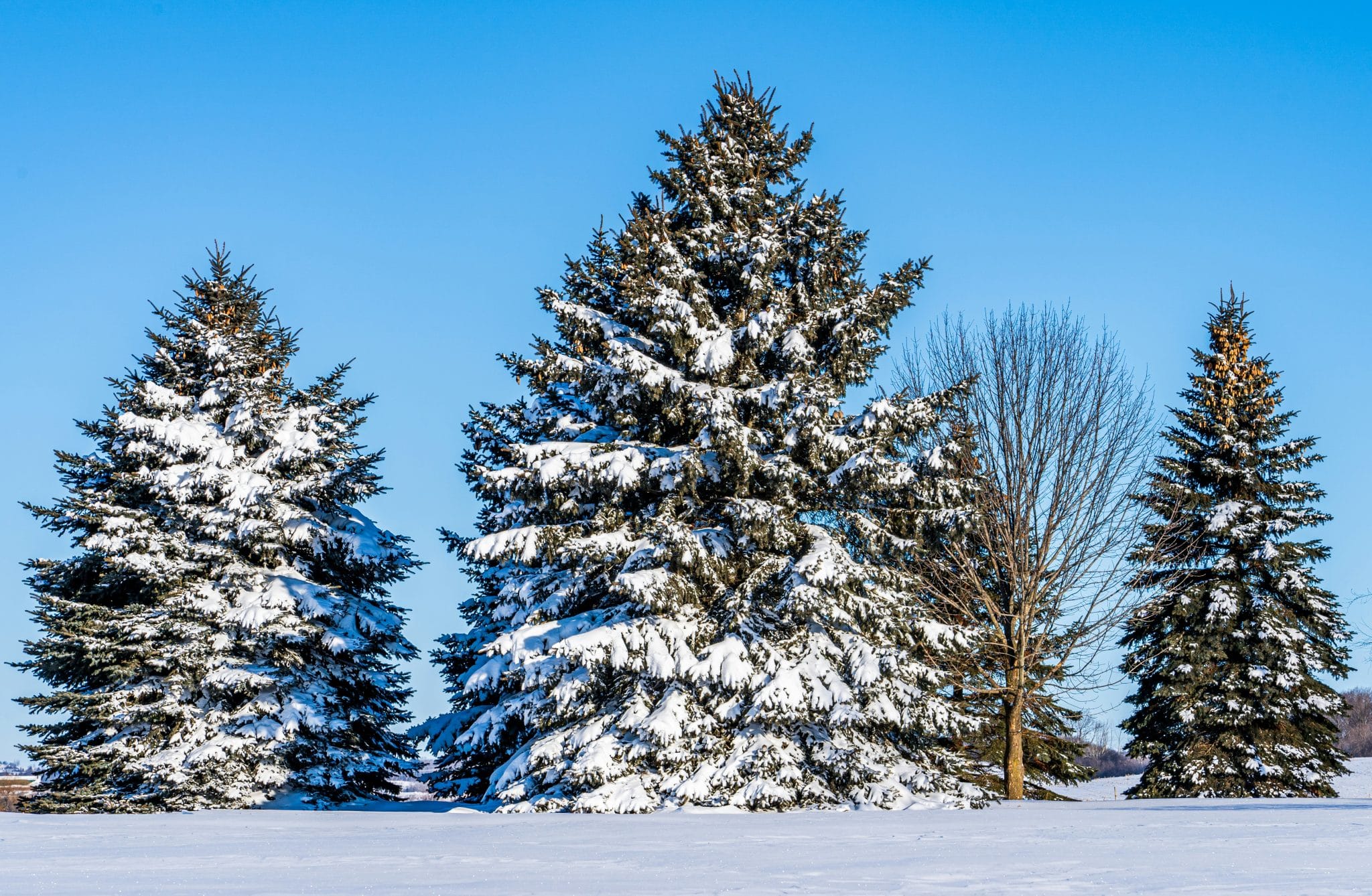Seasonal Influence How Weather Affects Purchasing Patterns
As the seasons change, so do our purchasing patterns. From warm cozy clothes in the winter to refreshing drinks in the summer, weather plays a significant role in what we buy. But, have you ever wondered why we tend to buy certain things during specific seasons? Is it just a coincidence, or is there a deeper reason behind it? In this article, we will explore the seasonal influence on purchasing patterns and how weather affects our consumer behavior.
The Impact of Weather on Consumer Behavior
Weather is one of the many external factors that influence our purchasing decisions. Studies have shown that people tend to buy more during nice weather. For instance, a sunny day can positively impact our mood, making us more likely to indulge in activities like shopping or dining out. On the other hand, harsh weather conditions can have the opposite effect, making us less likely to spend money.
The Seasons and Consumer Behavior
The four seasons – spring, summer, fall, and winter – each have a unique effect on consumer behavior and purchasing patterns. Let’s take a closer look at how each season influences our buying decisions.
Spring
With winter coming to an end, spring brings with it a sense of renewal and new beginnings. This change in weather and mindset often leads to a shift in consumer behavior. People are more likely to spend money on outdoor activities and products that reflect the season, such as gardening tools, outdoor gear, and spring attire. Spring cleaning is also a popular activity during this time, leading to an increase in sales for home organization and cleaning products.
Summer
Summer is the season of vacation and relaxation. Warm weather and longer days encourage people to spend more time outdoors, whether it be at the beach, park, or on a road trip. As a result, sales for summertime essentials like sunscreen, swimwear, and outdoor equipment tend to rise. The summer also brings holidays like Memorial Day, Fourth of July, and Labor Day, which often means sales and promotions on seasonal products and services.
Fall
As the weather starts to cool down, consumer behavior shifts from purchasing products related to summer activities to fall-themed items. Fall is often associated with back-to-school shopping, Halloween, and Thanksgiving, leading to an increase in sales of school supplies, costumes, and holiday decorations. The cooler weather also means that people are more likely to spend money on cozy clothing, hot drinks, and comfort foods.
Winter
The winter season brings colder weather, shorter days, and festive holidays like Christmas and New Year’s Eve. During this time, sales for cold-weather essentials like winter jackets, boots, and hot beverages increase. The holiday season also means an increase in spending on gifts, decorations, and holiday-related activities. Additionally, people tend to spend more on home heating and electricity bills during the winter months.
How Weather Affects Different Industries
The impact of weather on consumer behavior isn’t limited to just retail. Various other industries also experience a significant influence on their business due to changes in weather and seasons.
Tourism and Travel Industry
Weather plays a crucial role in the tourism and travel industry, particularly in determining peak seasons for popular destinations. Places with cold weather tend to see an influx of tourists during their warmer seasons, while warmer destinations thrive during colder months. For example, ski resorts thrive during the winter, while tropical destinations like Hawaii see an increase in visitors during the colder months.
Grocery Industry
The weather can also have a considerable impact on the grocery industry. During hot weather, people are more likely to buy cold beverages, ice cream, and fresh produce, while winter months see an increase in sales for hot beverages, canned soups, and frozen foods. Severe weather conditions can also lead to panic buying, as people stock up on essential items like water and non-perishable food items.
Real Estate Industry
The real estate industry is heavily influenced by weather, as it can impact property values and sales. People tend to be more interested in viewing homes during pleasant weather, and houses tend to sell more quickly during the spring and summer seasons. Harsh weather conditions can also prevent people from attending open houses and make it difficult to move to a new location.
The Role of Marketing and Advertising
Understanding the seasonal influence on purchasing patterns can be extremely beneficial for businesses looking to increase their sales. By utilizing weather data and forecasting, companies can adjust their marketing and advertising strategies accordingly. For instance, a clothing brand might launch a new line of winter apparel during the colder months, while a travel agency advertises deals on beach vacations during the summer. Customizing advertising campaigns based on seasonal preferences can effectively target consumers and increase sales.
In Conclusion
The seasonal influence on purchasing patterns is a fascinating aspect of consumer behavior. Weather plays a significant role in our daily lives and has a profound impact on what we buy. As we’ve seen, each season has a unique influence on consumer behavior and different industries. By understanding the dynamics between weather and consumer behavior, businesses can tailor their strategies to meet seasonal demands and increase sales.










